Recently, for example, I have spent several days in a small sailboat at a dock at Blake Island Maritime State Park in the Salish Sea (aka, Puget Sound) about five miles from Seattle. The entire island is a park with almost a square mile of forest. In the image below, the island is in the lower section of the chart, just above the word "Route."
Below is a map of the island from the Blake Island Marine State Park web site. As I write this, I am hunkered down in a boat with a cold wind blowing outside. The docks are depicted at the top right hand corner of the map.
During three days at the park, I walked most of the trails -- about ten miles in all. Here is an example:
I grew acquainted with some of the residents of the island including:
• a pestle of people
• a herd of deer
• a forest of trees
• a hive of wasps, and
• a gaze of raccoons
disparaged, even destroyed, in other places.
I was intrigued by this sign when I first came ashore. Mounted on a saw horse, it covers a couple of feet of a wooden walk way. It reads: "Emergency Closure--Active Wasp Nest--Please Walk Around."
I needed no further coaxing and walked actively around the nest, but I carried with me a curiosity about the sign and the nest. In our National Parks History class we study extensively the evolution of park-friendly approaches to wildlife, including protecting such animals as Dahl sheep in Dinali and reintroducing the wolf and the grizzly in Yellowstone. But wasps?! Have they now acquired standing as natural residents of a park? Or was the sign there to protect visiting tourists rather than resident wasps? I talked to another boater who thought the wasps should be eliminated. But I wasn't sure who or what the park was protecting.
Fortunately, I had become acquainted with Alicia Burkey, a park staffer, who helped me dock my boat when I cruised into the harbor off the Salish Sea earlier that day. In the evening after my first walk I sent her an email asking whether the sign was intended to protect the wasps from the visitors or the visitors from the wasps. Here is her answer:
In response to your questions about the wasp nest. Yes to both. The Park Ranger tried to remove the nest earlier this summer, but it was too far under the boards to reach. He decided it would be best to block off the area to protect our visitors and let the nest exist. The wasps would be forced out eventually by the rain if we just let nature run its course and he liked that idea better than causing unnecessary harm to the wasps by forcing them out early.
I liked that answer, and it was an introduction to other manifestations at Blake Island of a sensitivity to nature -- letting nature run its course.
A "Special Deer"
Ten or fifteen other deer were browsing nearby. I watched them for a while as the sun was sinking, and then I saw this startling sight:
I imagined that this poor deer must have suffered a recent injury, and in my email to park staffer Alicia Burkey, mentioned above, I sent a copy of this film and wrote: "This evening I noticed a deer near the docks who was having a lot of trouble walking. The park staff may already know about this, but just to be certain, here is a little film I made." In her reply Alicia wrote:
"I see you've spotted our 'special deer'. The staff are delighted when she is brought up, because it reassures us that others are watching out for her as well. She was born last spring with a disability (we think her hips), which is why she walks a little wonky, but she is healthy and thriving on the island. The staff and visitors keep a close eye on her to make sure she has plenty of space to forage without feeling intimidated."
I take special pleasure in the phrase where Alicia notes the park staff's "delight" that "others are watching out for her as well."
A couple of days later I was walking in the forest at nighttime, and I came across a mother deer and two fawns. I did my best to capture their pictures in the low light, talking to them in my version of Deerish. Then much to my surprise....
Note to my students in History of National Parks: this story needs a strong conclusion tying the post as a whole into a great quotation on park values from our studies. Please post a suggested conclusion below in the comments. You will receive extra credit in this week's quiz, and I will select the best for the actual conclusion to this post!
-- On further reflection, I liked all of the "suggested conclusions," and so instead of choosing one to post here, I will keep all and any more that appear. So far they are all far "above average"!

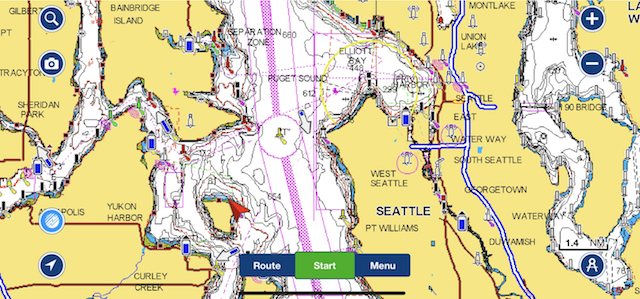
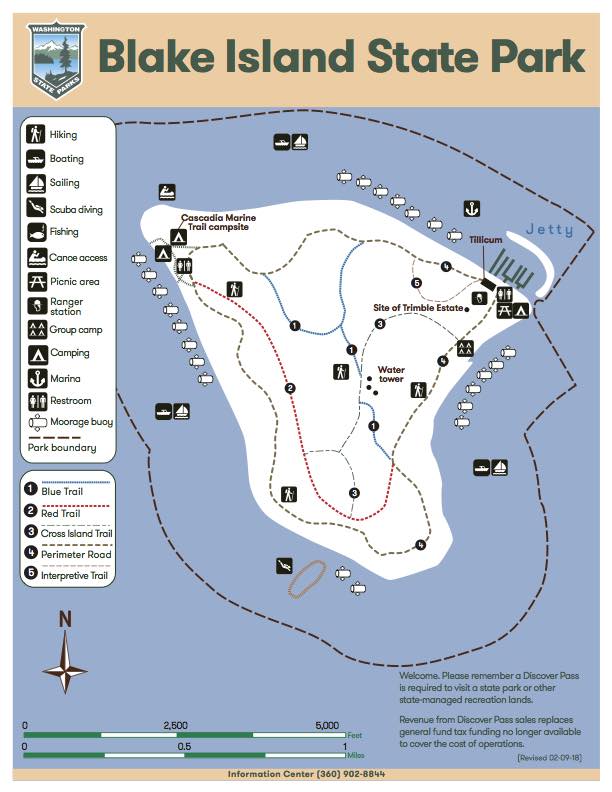
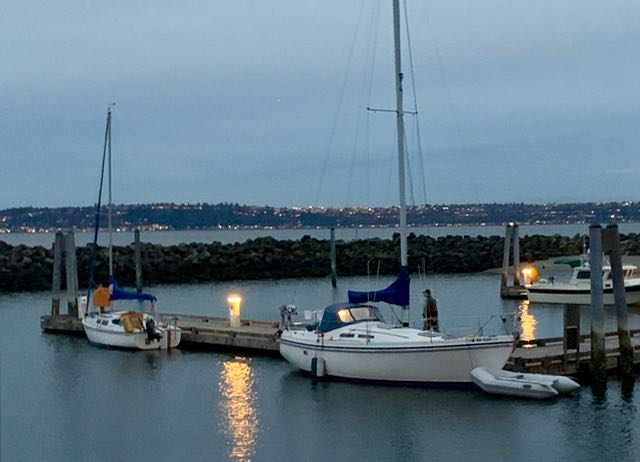
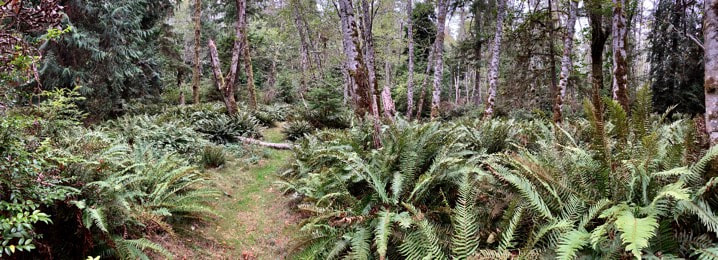
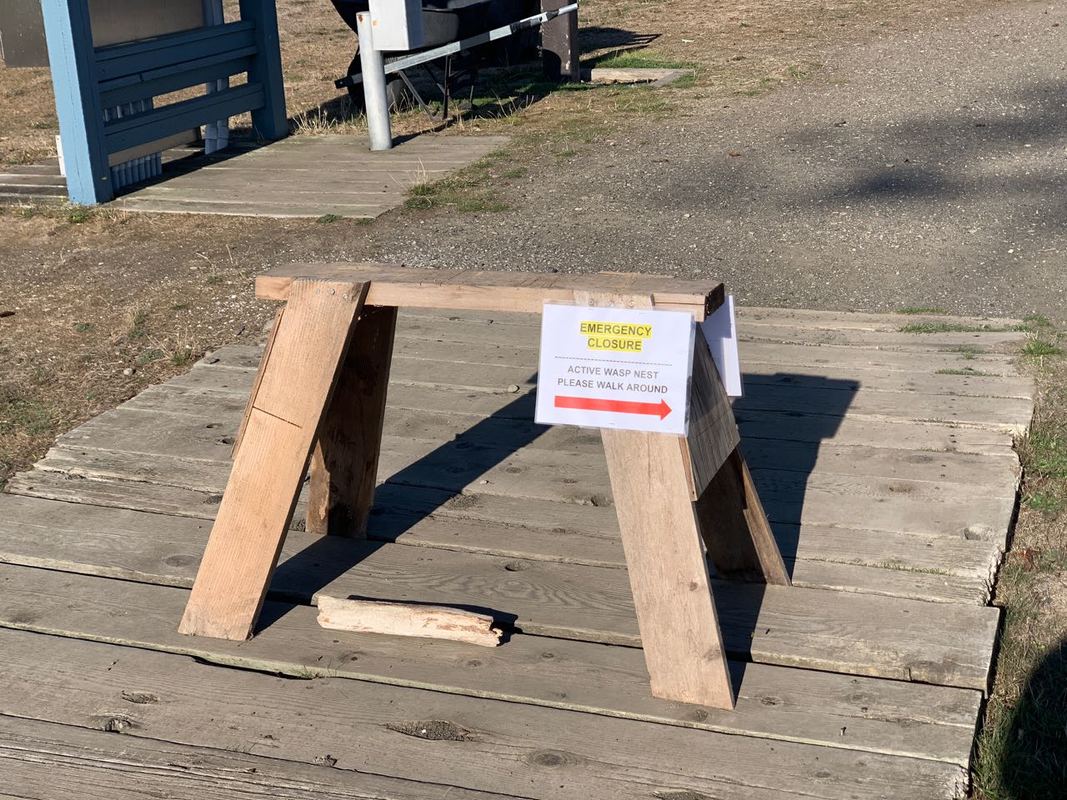
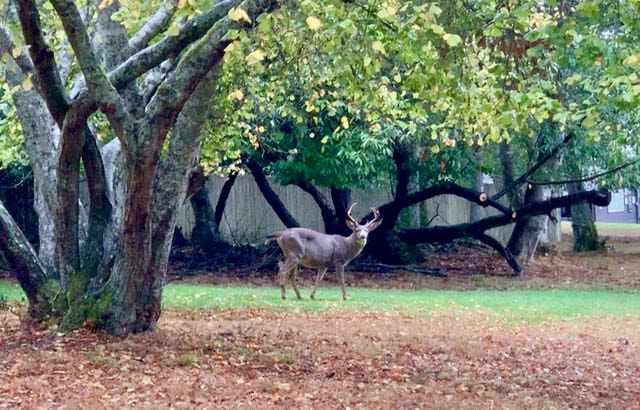
 RSS Feed
RSS Feed